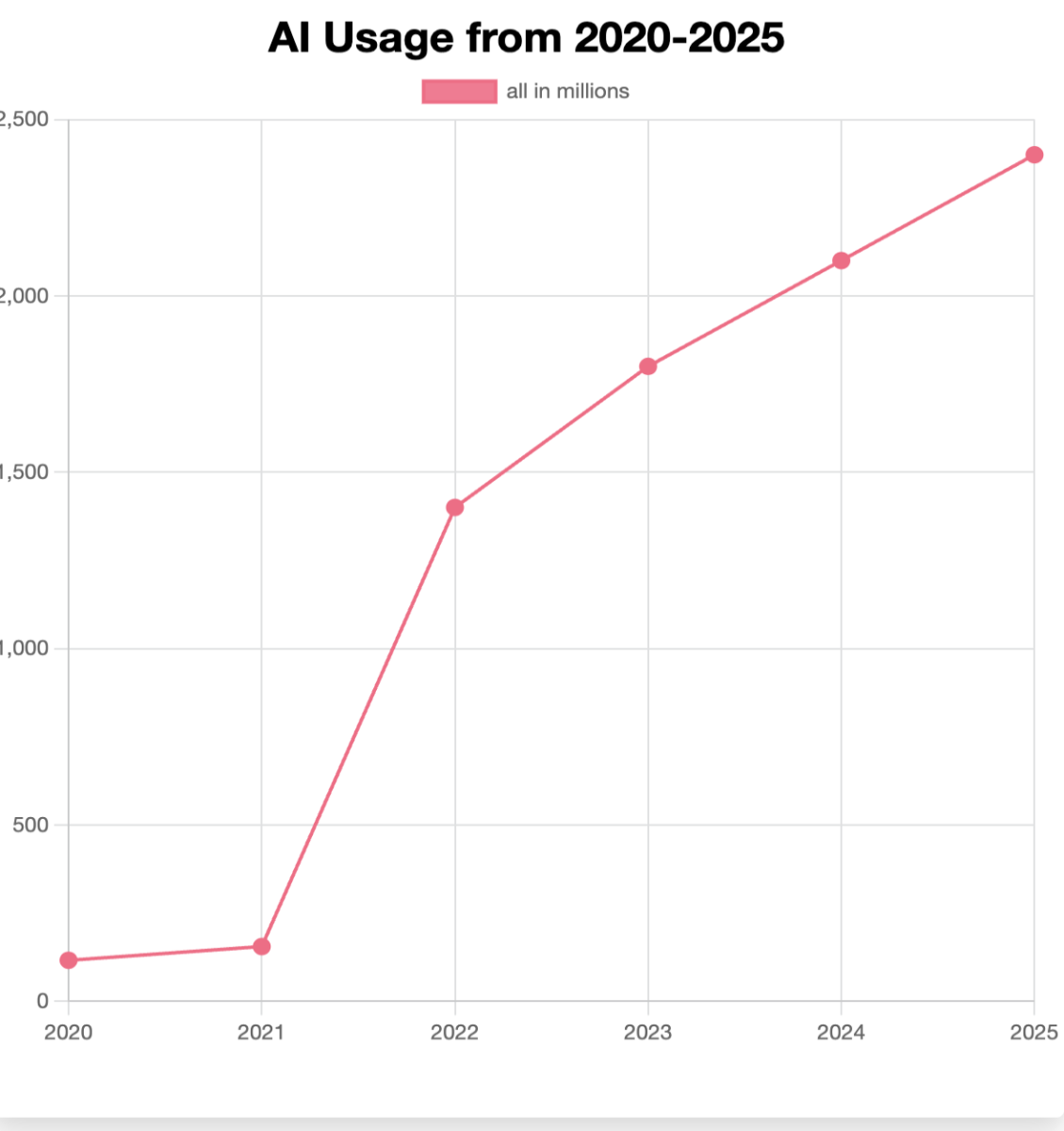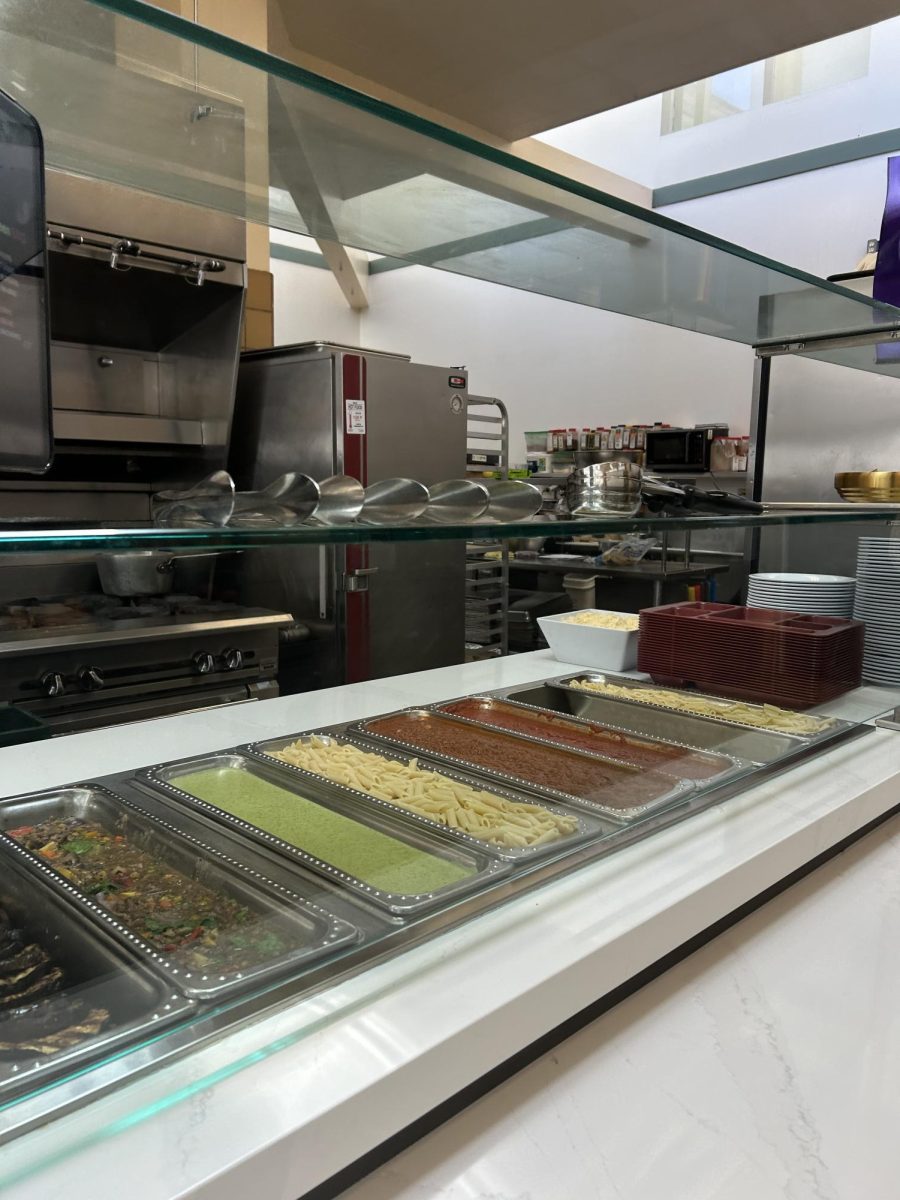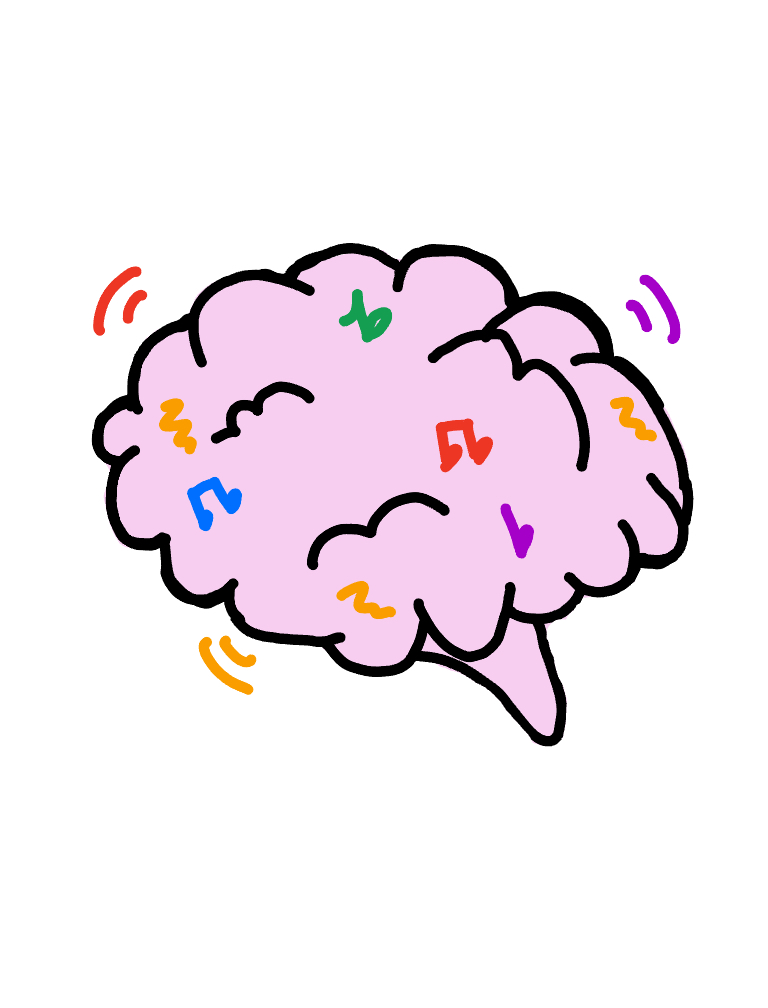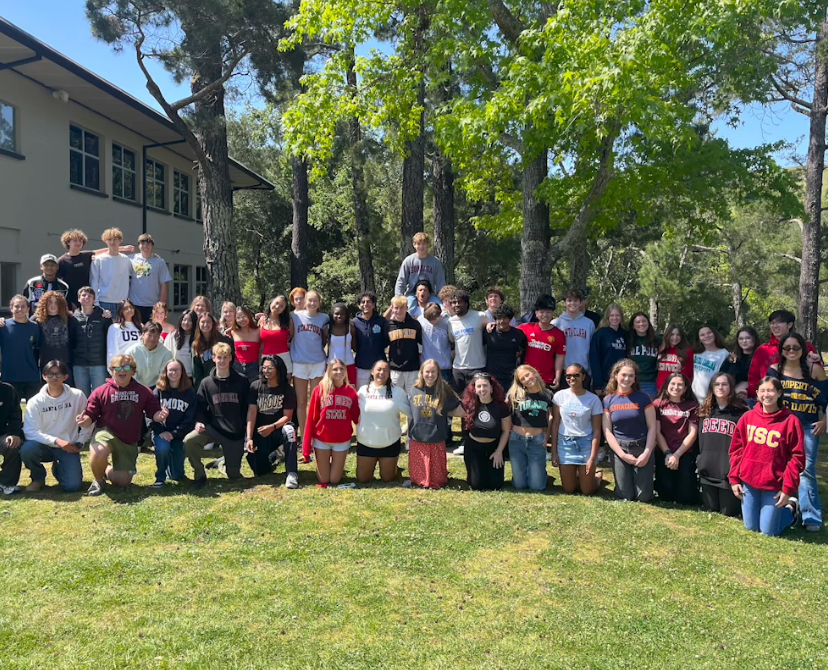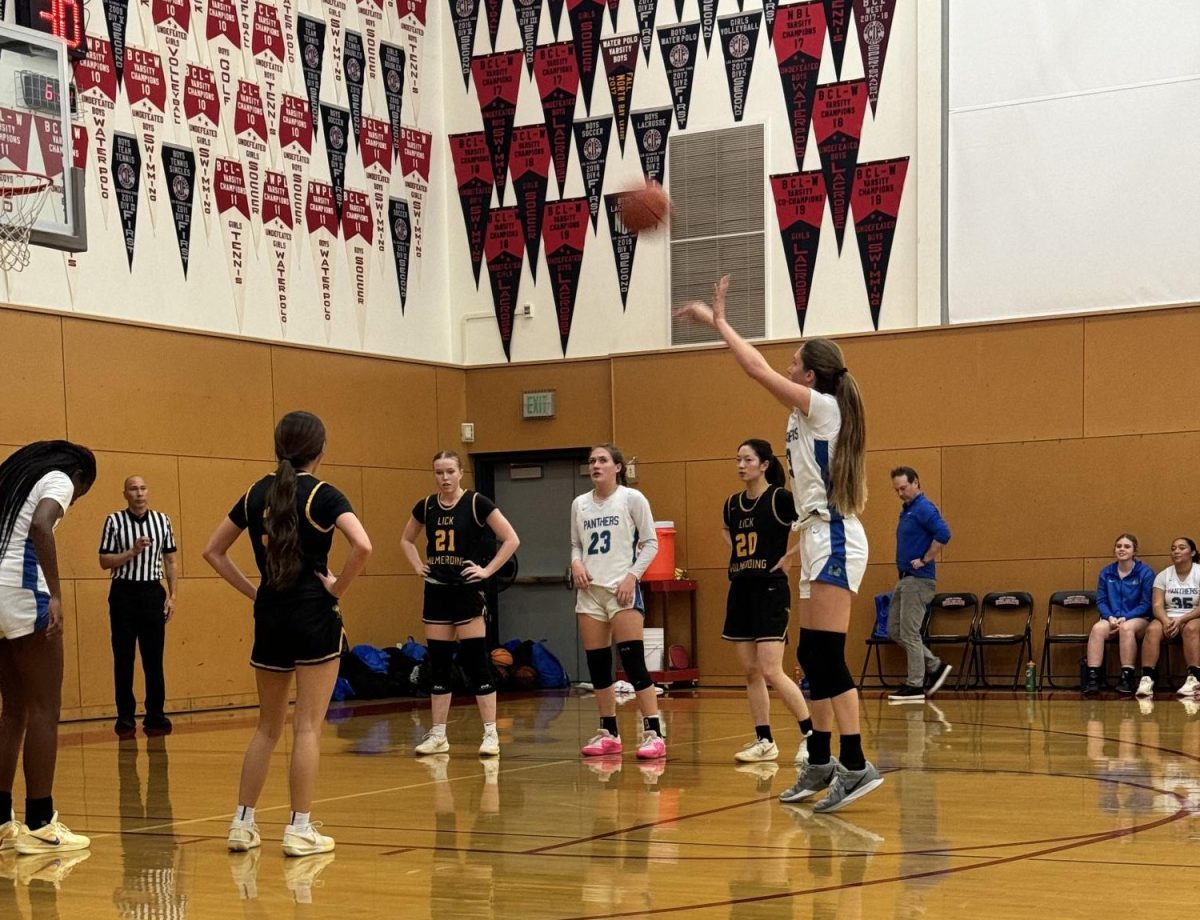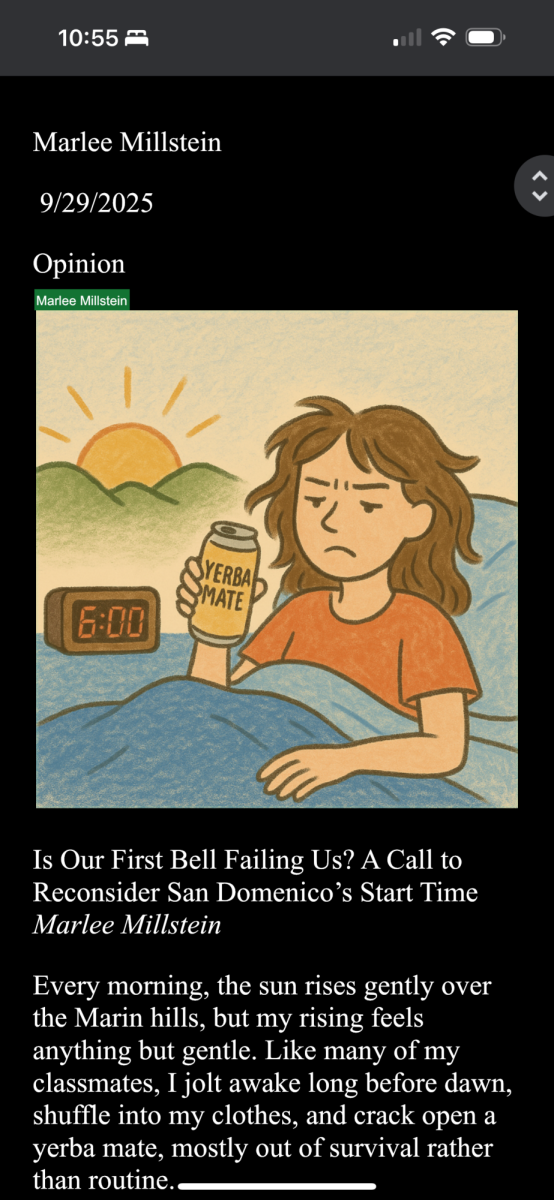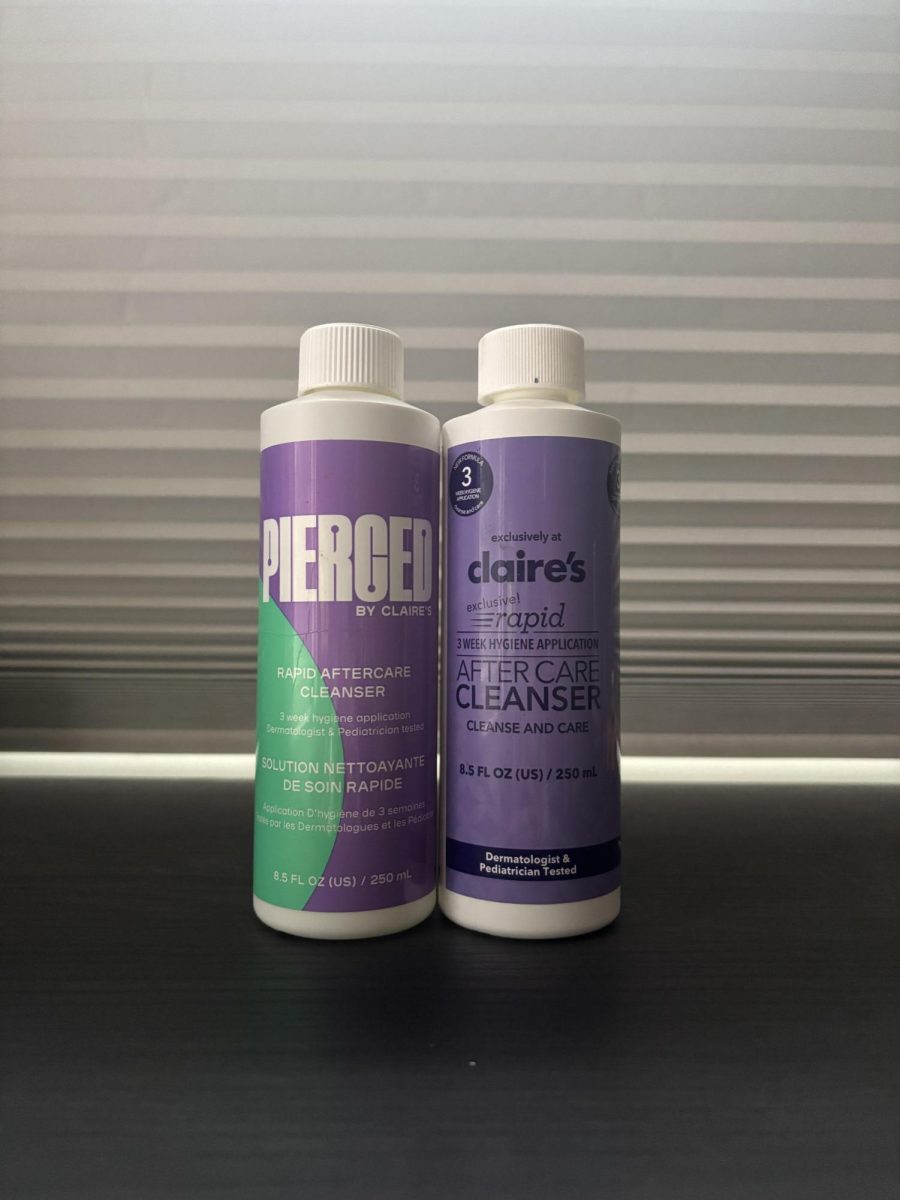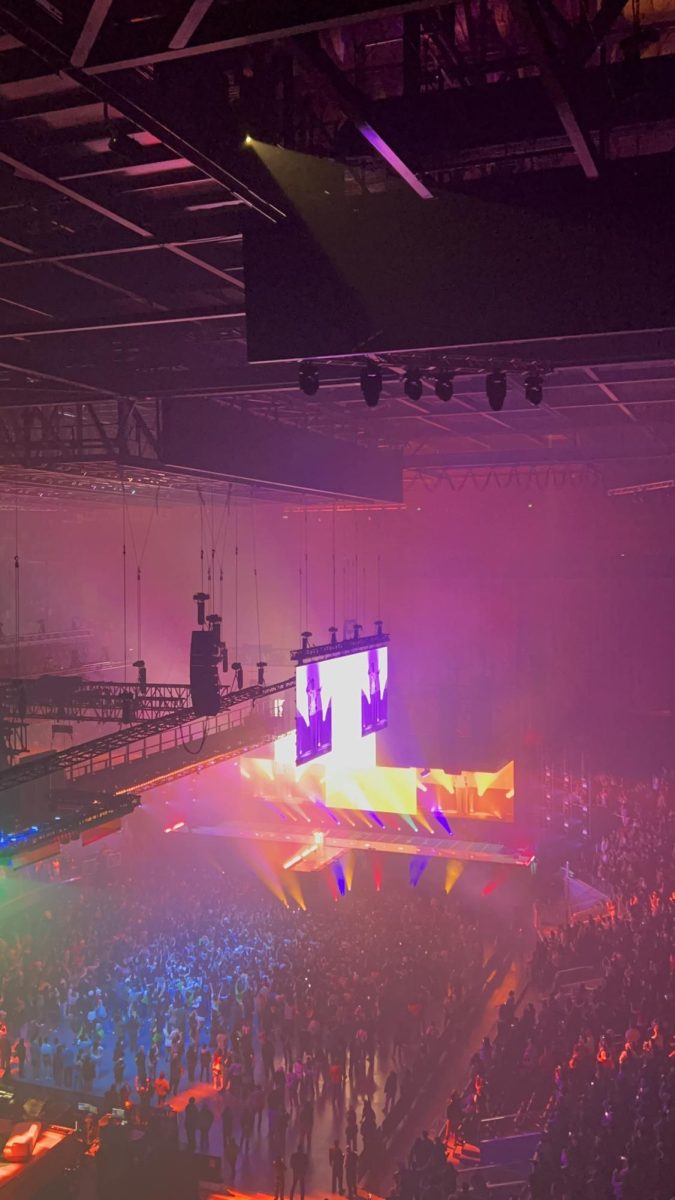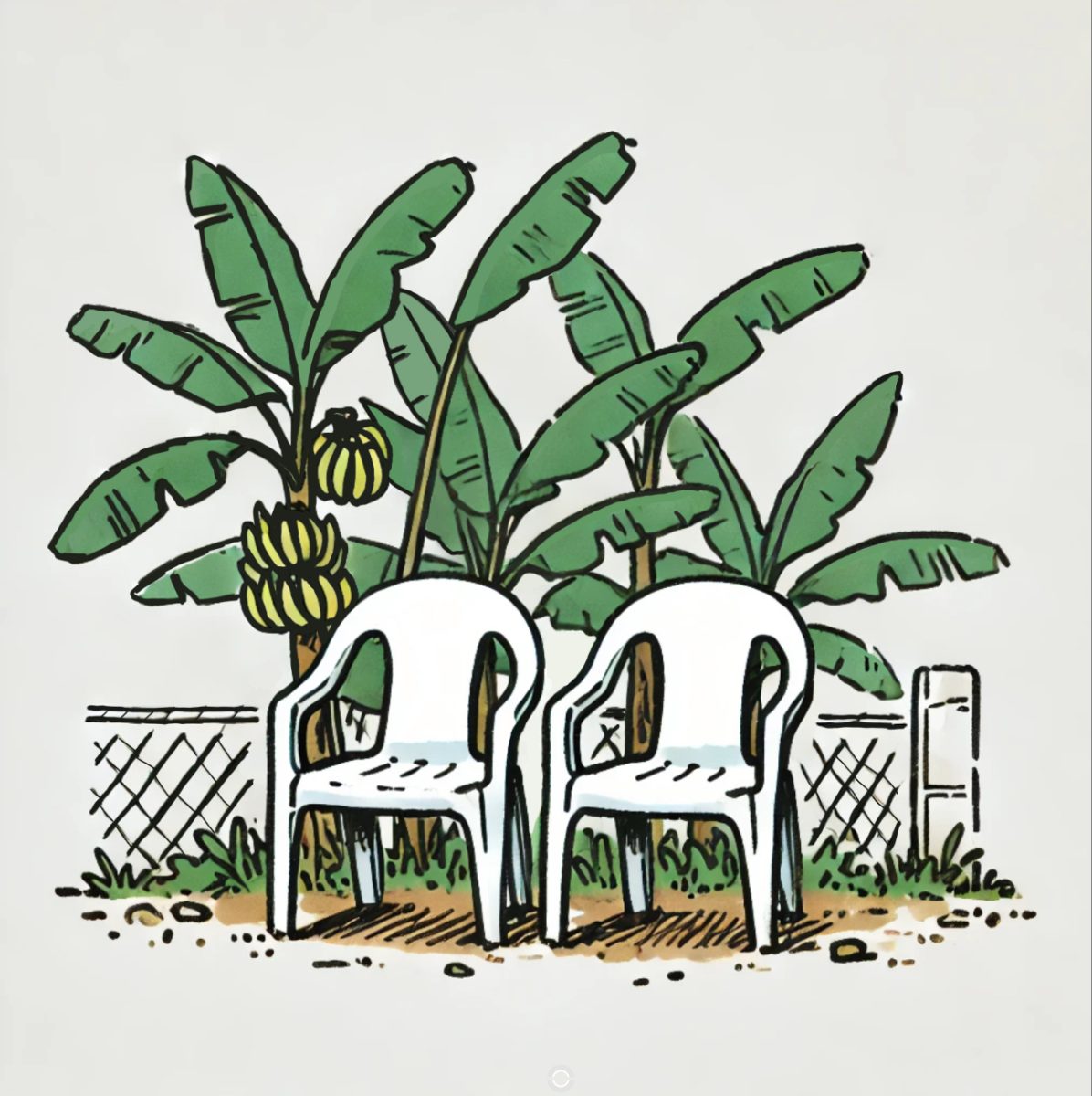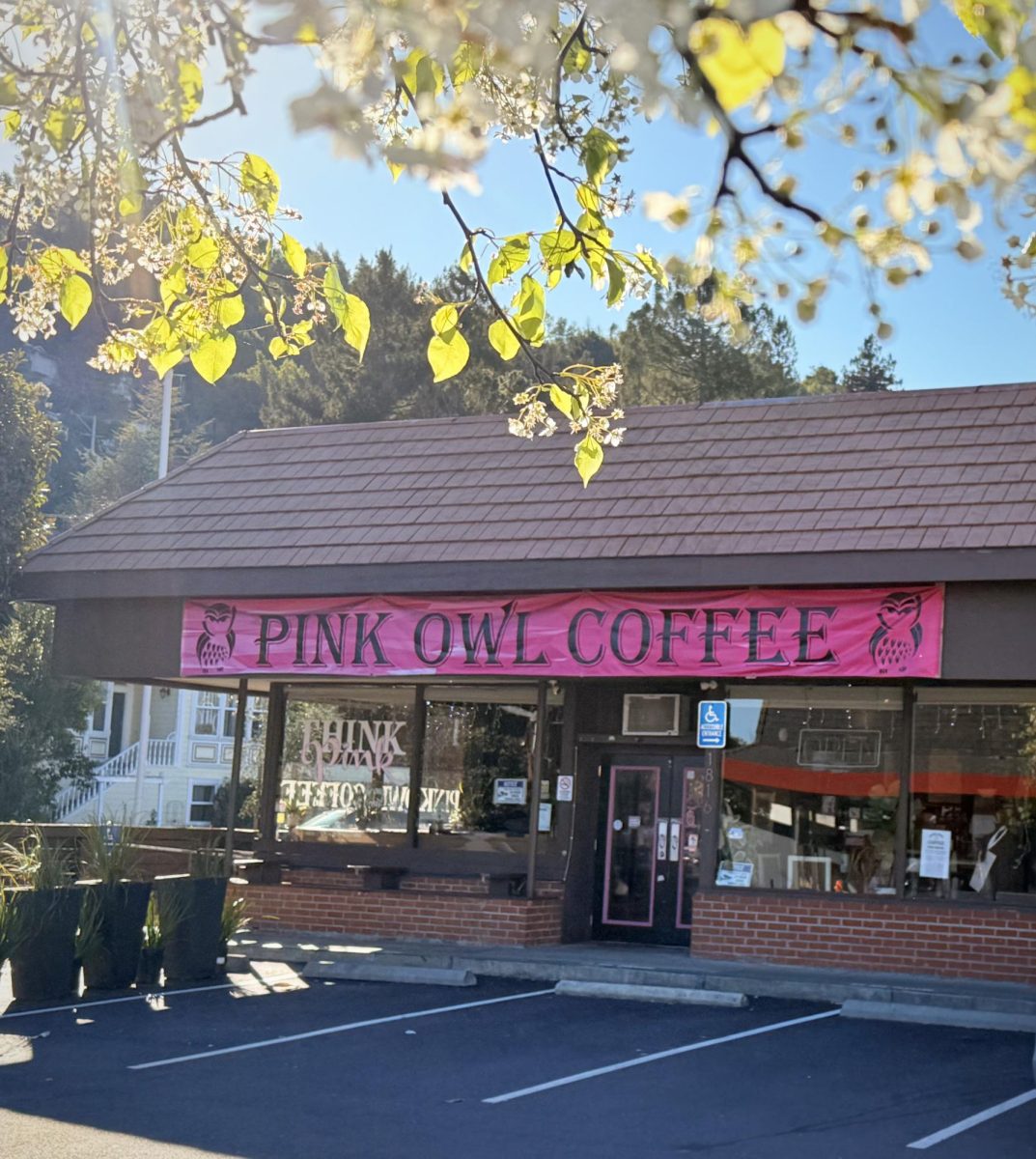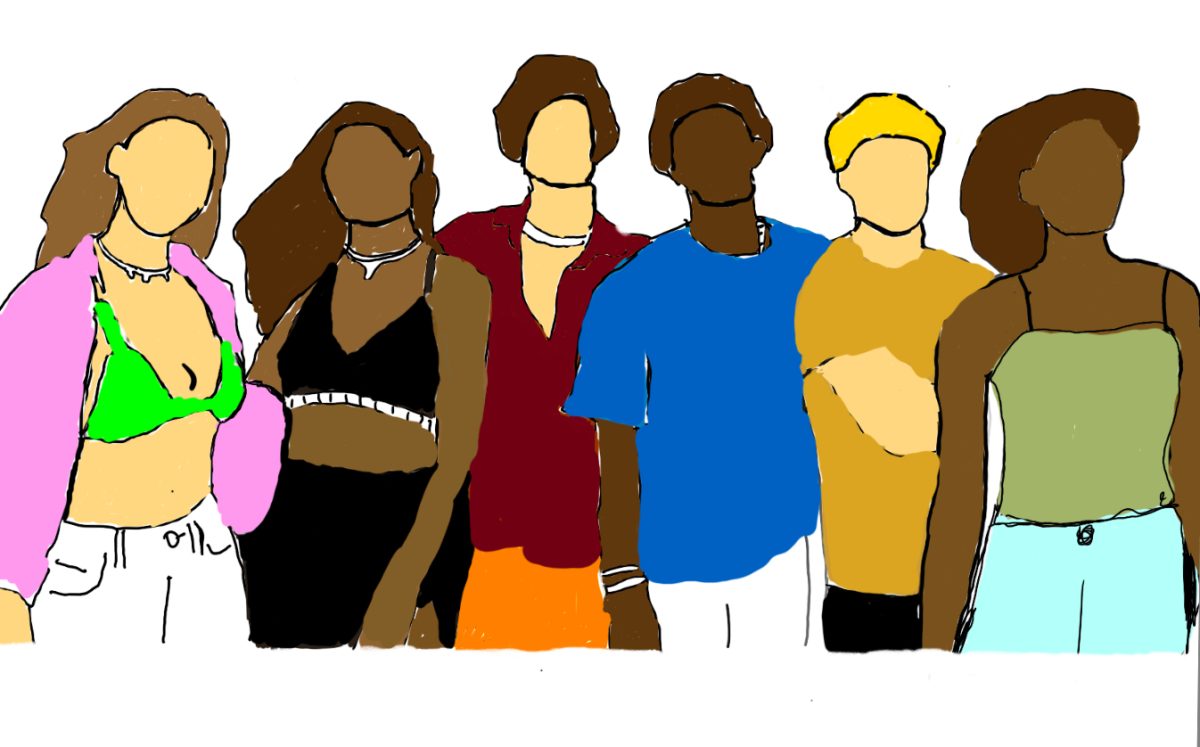It’s weird to think 2016 was almost a decade ago. But if you’ve been on Social media lately, the nostalgic music and trends have probably been all over your For You Page. It seems as though romanticizing the past has become a part of how we live in the present. But was 2016 really all that good?
The psychological term, “rose-colored retrospection,” means we remember the past as better than it really was—especially when life feels uncertain or overwhelming.
According to a study conducted by the University of Michigan, people tend to exaggerate how good things used to be when the present feels unstable. That’s why 2016 has become a year that—in our memories—seems a lot better than it ever was.
Yes, King Kylie (Kylie Jenner) was dying her hair blue and everyone was posting Musically’s to “Work” by Rihanna. But in reality, 2016 wasn’t as perfect as we paint it out to be.
That same year, the U.S. faced one of its most divisive elections as Donald Trump’s campaign and eventual presidency split the nation. Some people celebrated his victory, and others protested against it.
In June, there was a shooting at The Pulse nightclub in Orlando, Florida, where a gunman opened fire inside a club, killing 49 people and injuring more than 50 others.
Meanwhile, the Syrian refugee crisis was worsening, with millions fleeing their homes to escape war and violence, seeking safety across Europe and the Middle East.
However, those who romanticize 2016, weren’t even teenagers that year. Meaning they might’ve not been aware of what was really happening in the world. So they might not even be nostalgic for the year itself; they may be nostalgic for their childhood.
But maybe that’s the point. The songs and trends that came with that year remind us of who we were when life was much simpler. If you are a teenager now, most of us were kids in 2016, with no responsibilities, no pressure to figure out our futures, and no bad news we actually understood. Yes, the world might’ve been a mess; we were just too young to notice.
But romanticizing the past comes at a cost. When we convince ourselves that the past was better than the present, we risk repeating the problems that existed back then.
Donald Trump’s “Make America Great Again” slogan does just that. His campaign relies on memories of a supposedly “better” America, one with more jobs, traditional values, and American pride, but it fails to acknowledge those who were left out of that same version of America.
So, how far back does Trump mean when he says “Again”? The 1980s, when Reagan promised a “strong America” but ignored the AIDS epidemic, cut funding for public schools, and widened the wealth gap? The 1940s, when the U.S. won World War II yet forced Japanese Americans into internment camps and denied Black veterans equal rights? Or even the 1770s, when America declared liberty while enslaving African peoples and silencing women?
Every era Trump calls “great” was built on inequality and ignorance. Pretending otherwise means forgetting the very people America pushed aside.
Nostalgia surely feels comforting, but living in the past hinders us from building a better future. Living in the present matters because it’s the only place we can actually grow. According to a study conducted by the University of Rochester, people who stay focused on the present are happier and less stressed than those who dwell on the past.
When we romanticize history, we miss the chance to create something better for the future. The world needs to evolve, and so do we.
2016 will always feel special, but the best parts of life are not behind us. We need to focus on making new memories rather than holding onto old ones. The present will never be perfect, but it’s ours.
And who knows, maybe one day, we’ll look back on today and feel the same way we do about 2016.



